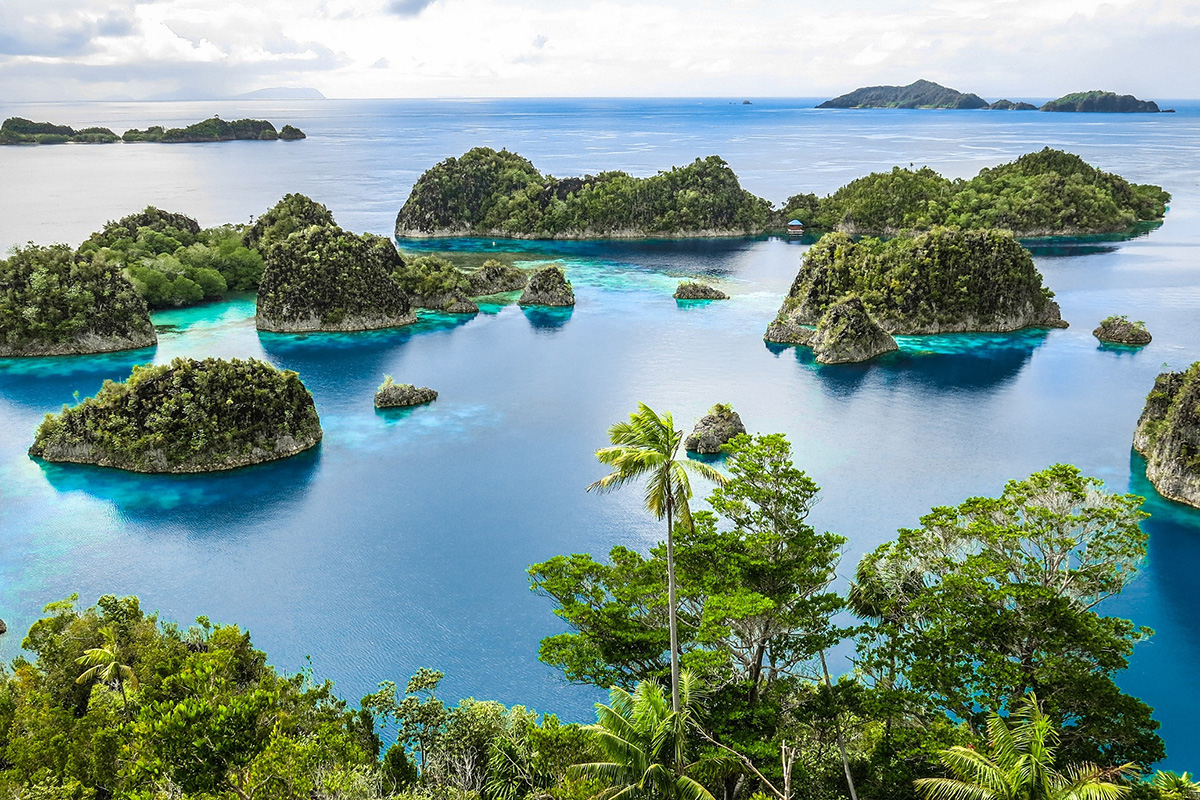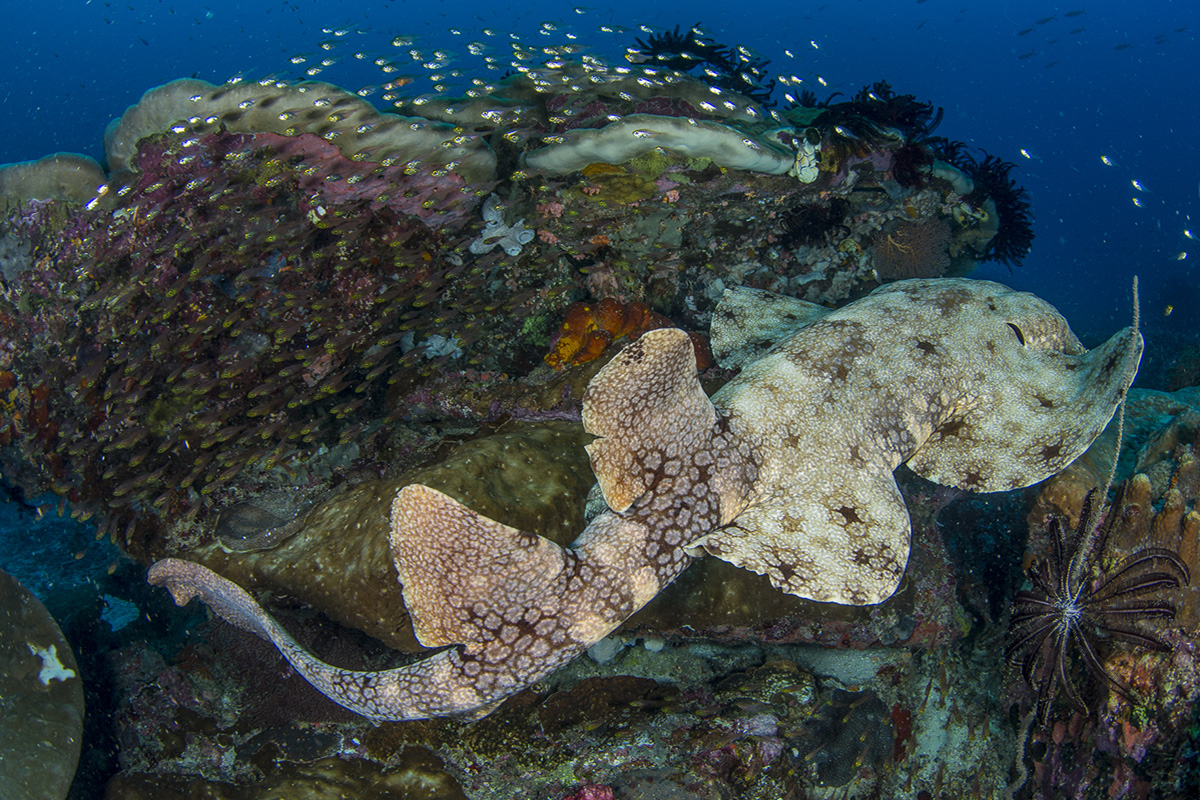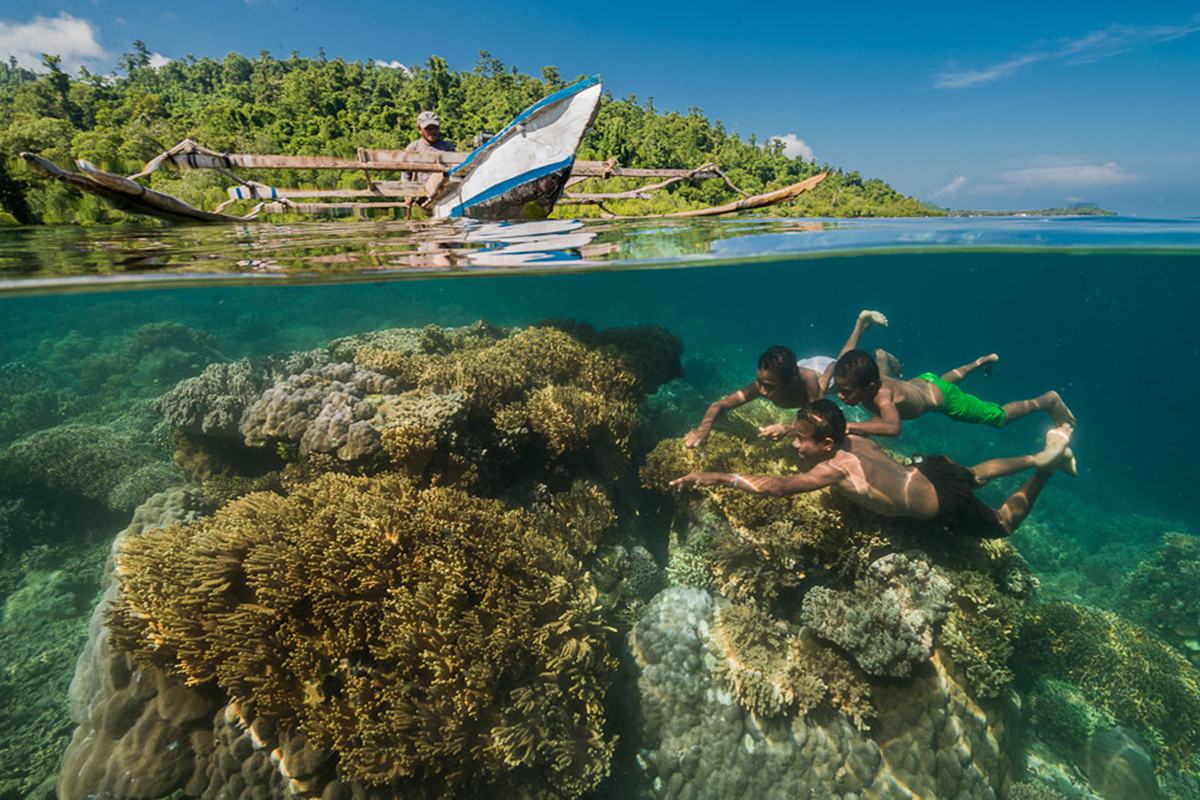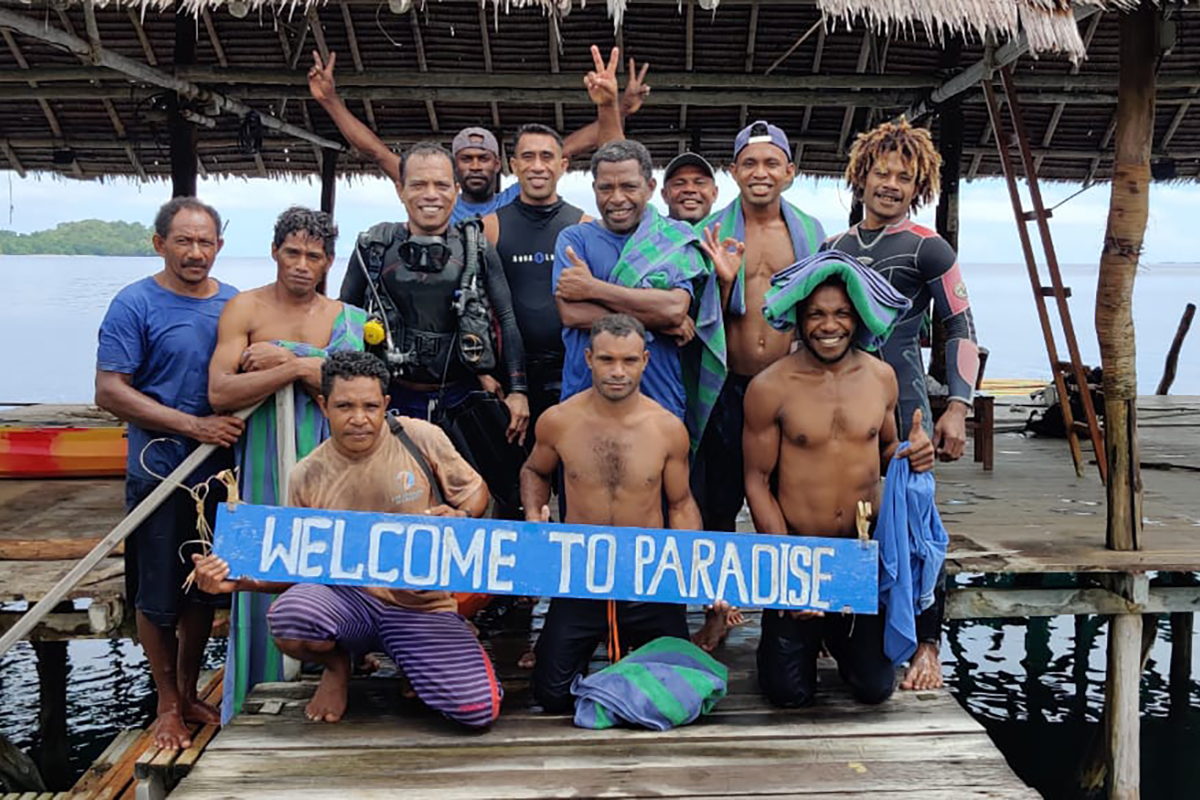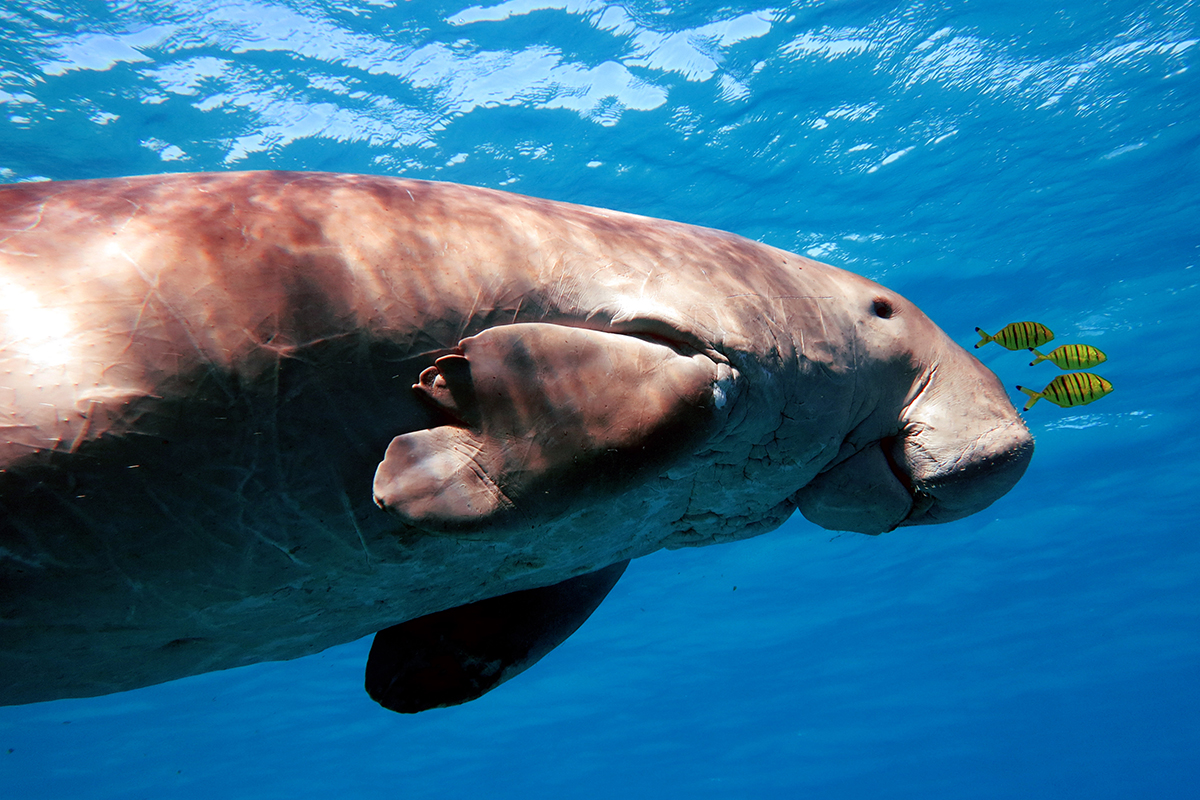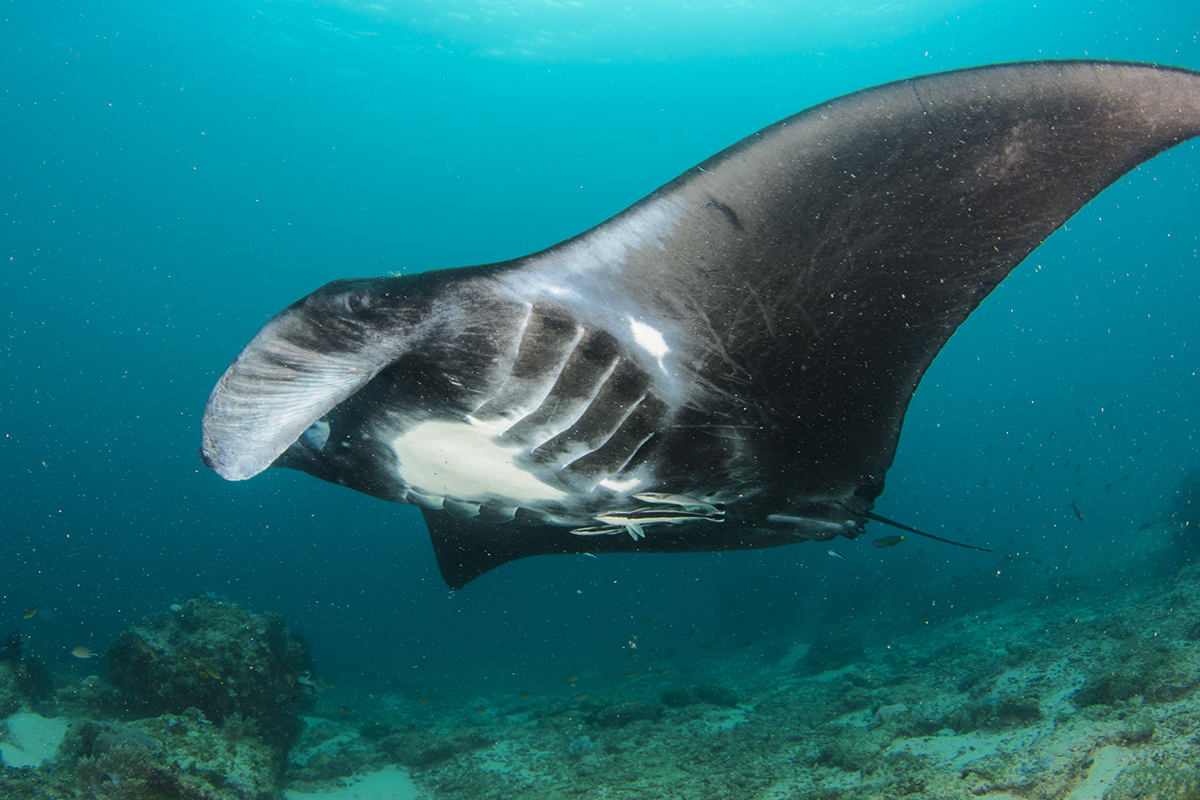Visiting Raja Ampat Marine Park
Imagine diving into the ocean and everywhere you look there is colour, movement, and life. Not just a busy coral reef but a place absolutely teeming with marine life. Now imagine this area to be over 2million hectares, about the same size as the country of Wales. This is Raja Ampat’s Marine Park, a protected area so important to marine ecology it is hard to put it into words. When you dive in Raja Ampat you will be diving into the marine park in all its glory.
History of the Marine Park
It’s incredible to believe that the first Marine Protected Area in Raja Ampat was only established in 2004. It took time for marine conservation organizations working with the Indonesian government and local communities to find the best way forward in the area, but thankfully they did and have continued to add to the MPAs ever since.
In 2013 the government of Raja Ampat also announced that 4 million hectares of coastal and marine waters were officially a shark sanctuary where the harvesting of sharks is completely prohibited. The sanctuary also protects manta rays, dugongs, whales, turtles, dolphins, and ornamental fish.
This was a huge move for Indonesia, which is the biggest exporter of sharks and shark products in the world. Although it is a small part of the archipelago, Raja Ampat’s government wisely chose tourist dollars brought in by live sharks over the trade in dead sharks.
Supporting Communities
Of course this raises the question of how communities in Raja Ampat can thrive without fishing the way they used to. Before the MPAs were established fishermen had turned to destructive fishing methods to increase hauls. This included using cyanide and dynamite.
Although the conservation laws are still broken sometimes, education and awareness programs have been very successful. Local people know now that thriving marine life brings in tourism, which in turn leads to higher income and a better quality of life in the villages.
Many local people are now employed in hotels and homestays, as guides, or in tourism villages where local crafts and traditions like music and dance are displayed. This new economy is a win-win for both humans and marine ecosystems.
What can you expect to see in Raja Ampat Marine Park?
In short, you can expect to see more species of fish, corals, and other marine life than anywhere else in the world. Raja Ampat has over 1,400 fish species and 75% of the coral species known in the world.
From the tiniest frogfish and Pygmy seahorses to huge rays, dugongs, sharks, and everything in between, you will be in awe of the incredible biodiversity. In fact Raja Ampat is often called ‘the species factory’ because of the sheer number of species found there.
Protecting each one of these species is of the utmost importance. Each one plays their part in the ecosystem and luckily the government and communities now realize this.
Do you want to visit?
For many divers a trip to Raja Ampat is on their bucket list. It truly is one of the world’s most breathtaking places and is very well managed when it comes to tourism and conservation. Is Raja Ampat somewhere you would like to visit? Tell us in the comments below.

